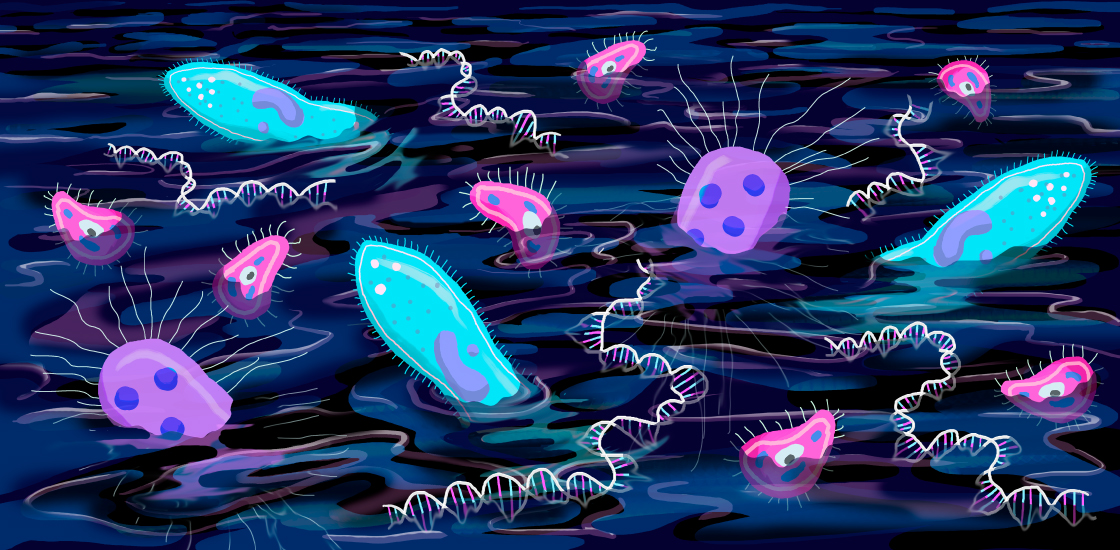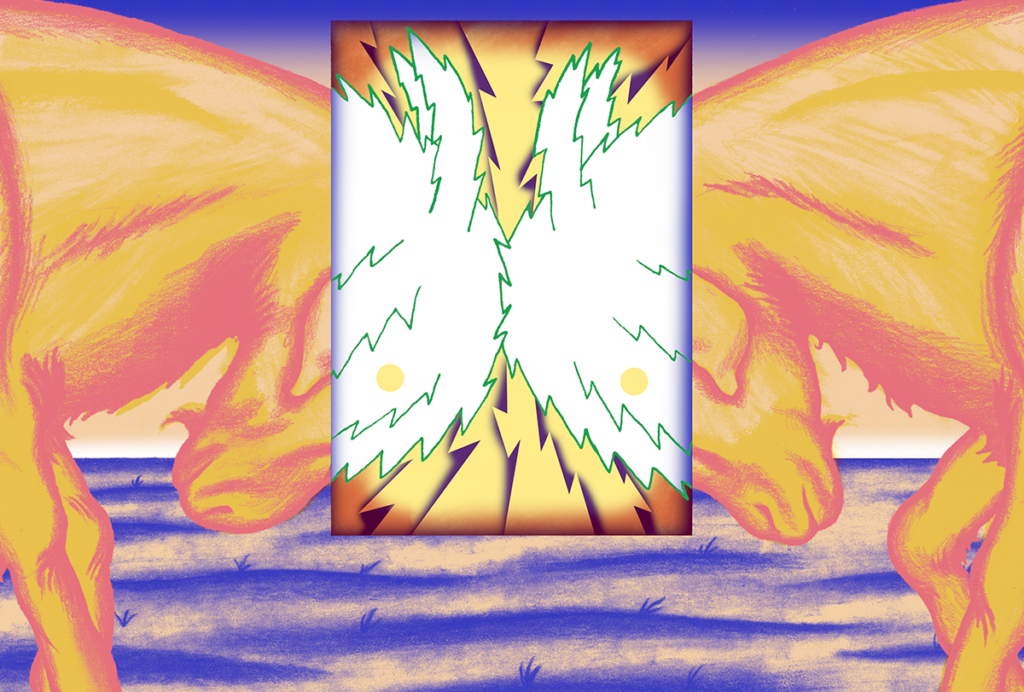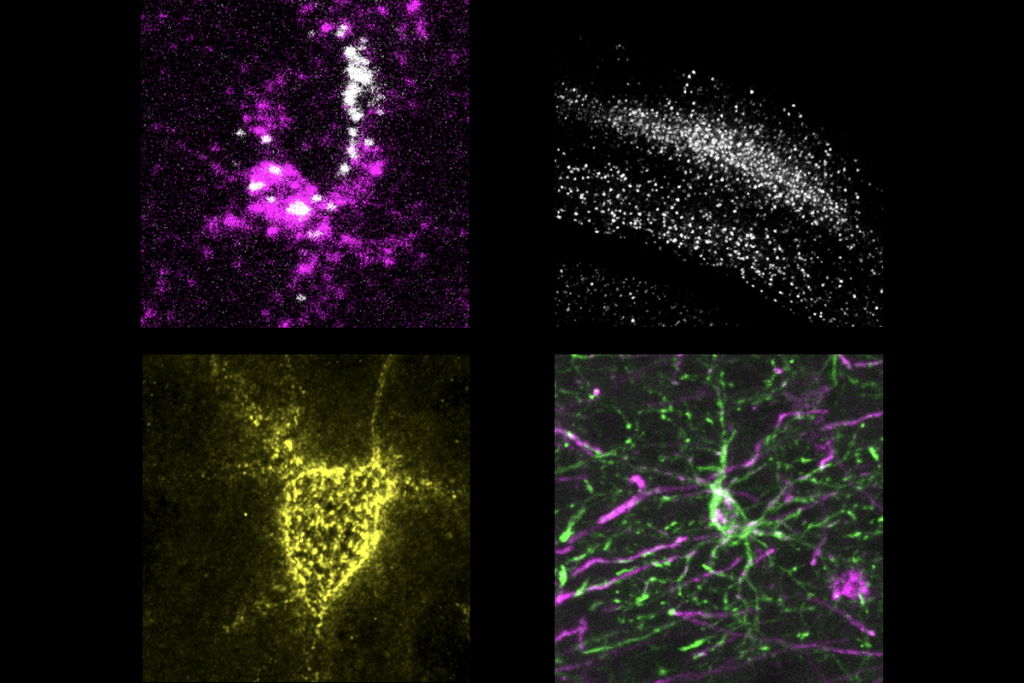Evolution of autism genes hints at their fundamental roles in body
Genes associated with autism are ancient, and mutations in them have wide-ranging effects on the body, indicating their importance.

Autism genes are old. Not just old — really old. They’re older than fish, older than insects and even older than ocean sponges. In fact, many autism genes are older than multicellular life itself.
Aside from being extremely old, as my colleagues and I reported in our latest paper in April, these ancient genes are particularly sensitive to mutations1. And when mutations occur, the resulting effects can be profound. The more conserved a gene — the more its sequence has stayed constant across species — the more likely that mutations anywhere on that gene will have big effects.
People with these mutations often have physical malformations, which occur at higher-than-expected rates2. This suggests that autism genes are involved in orchestrating the development of many parts of the body, not just the brain. Many also function as regulators of gene expression, helping to control the timing of development3,4. These old biological processes are part of life’s tool kit. Autism genes are foundational, developmentally and evolutionarily.
Curiously, ancient autism genes also tend to have a characteristic structure: They are long and many produce large proteins5.
However, long autism genes don’t take up more DNA real estate simply for the sake of big proteins. Most of the length of these genes is made up of introns, the noncoding segments of DNA that lie between the protein-coding regions. The introns contain a high density of strongly conserved sequences, which help regulate the expression of that gene.
Research suggests that large autism genes are under complex forms of regulation. In fact, autism genes tend to produce a wide variety of RNA transcripts, the templates for protein production, and these distinct versions of a protein are tailor-made for a variety of functions.
Altogether, these data tell us that autism genes play nuanced, complex and fundamental roles throughout the body.
The presence of regulatory sequences in autism genes also provides geneticists with sequences to target for clinical study. Large research efforts to identify mutations linked to autism have relied mostly on sequencing genes, leaving introns and other noncoding DNA relatively unexplored.
Our research, along with that of other groups working in the field of autism genetics, provides impetus to look for mutations in these noncoding regions.
Gene network:
Old genes are often the foundation on which younger networks of genes are built. Scientists have found that the older a gene is, the larger the network it interacts with6. Ancient autism genes are no exception1.
Why does that matter? To understand, imagine a large spider web of nodes. Some nodes, known as ‘hubs,’ are connected to many other smaller nodes, whereas the smaller nodes have fewer connections. If you pull on a node in this web, you shift nearby nodes that are closely connected. Because the hubs have more connections, the odds are good that you will shift a hub no matter where you pull.
Likewise, every time you mutate a gene, it affects its immediate neighbors. And whenever you mutate a gene at random in this large network, you are likely to affect an autism gene. With this model, it is easy to see how many different mutations could funnel into a larger autism network, leading to a similar phenotype despite a wide variety of mutations across the human population.
It’s true that studying the structure and evolution of a gene may seem somewhat academic. But in doing so, we provide context and predictive power through which we may view the larger field of autism genetics. This understanding may ultimately lead to more rapid advances in diagnosis and treatment. We also begin to see a story emerge about the evolution of the genome and how that has played a role in the emergence of a condition such as autism.
Emily Casanova is research assistant professor of biomedical sciences at the University of South Carolina School of Medicine Greenville.
References:
- Casanova E.L. et al. Autism Res. Epub ahead of print (2019) PubMed
- Casanova E.L. et al. Front. Psychiatry 9, 535 (2018) PubMed
- Casanova E.L. et al. Mol. Autism 7, 18 (2016) PubMed
- De Rubeis S. et al. Nature 515, 209-215 (2014) PubMed
- King I.F. et al. Nature 501, 58-62 (2013) PubMed
- Capra J.A. et al. Trends Genet. 29, 659-668 (2013) PubMed
Recommended reading
Explore more from The Transmitter

Neuro’s ark: How goats can model neurodegeneration



